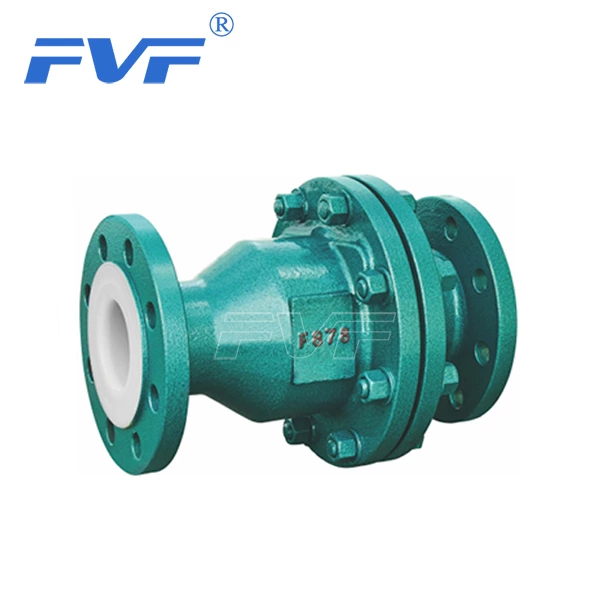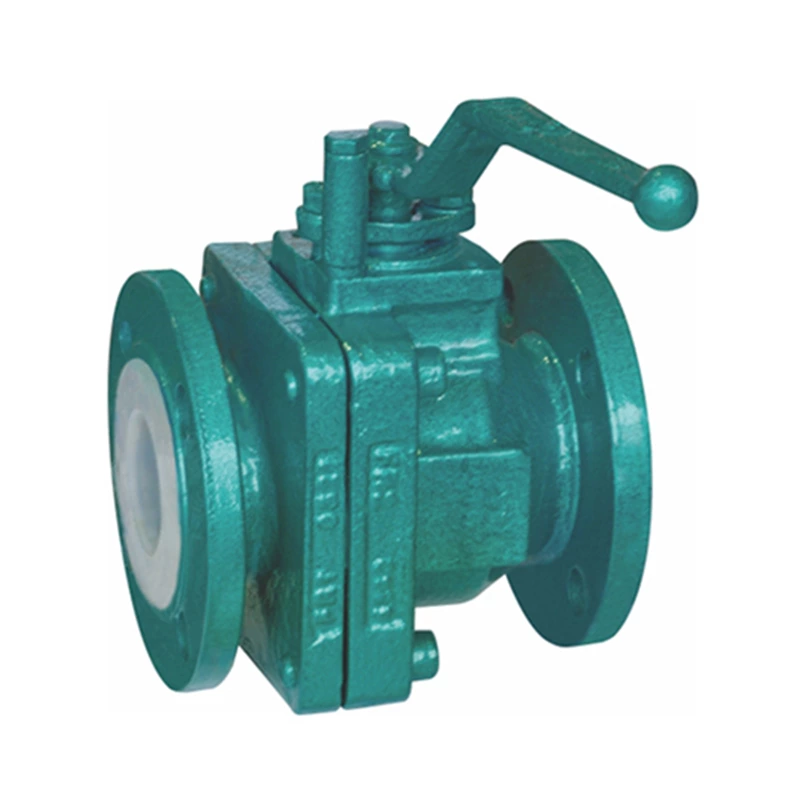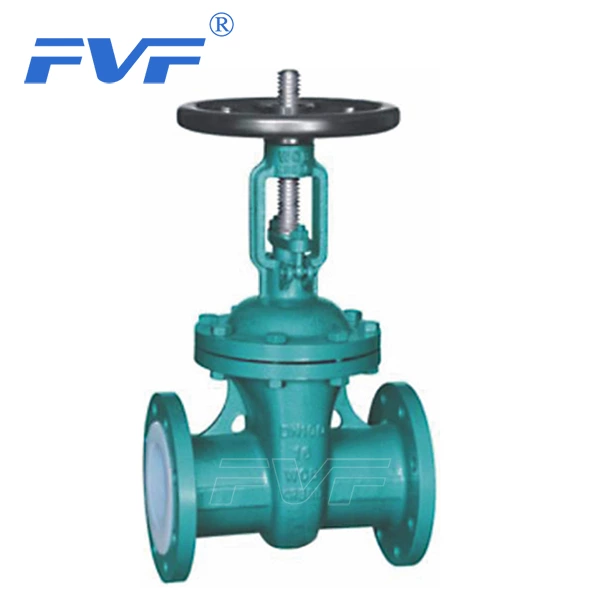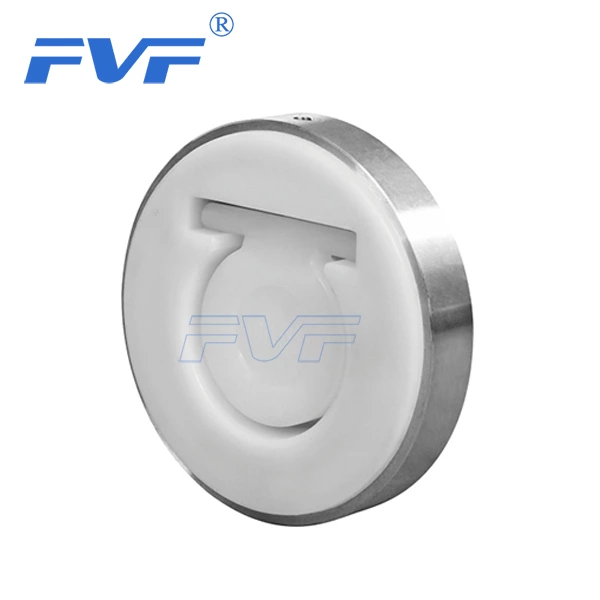Correct Installation Method Of Fluorine-lined Check Valve
Lined Check Valve is a one-way valve used to handle corrosive media. Its lining of fluoroplastics can effectively prevent the media from corroding the valve body. In order to ensure the normal operation of the fluorine-lined check valve in the system, the correct installation method is very important. Today, the fluorine-lined valve factory will introduce it to you.
Correct installation method of fluorine-lined check valve:
1. Preparation before installation
● Check the equipment status: Before installation, carefully check the overall structure of the fluorine-lined check valve, especially the fluoroplastic lining part, to ensure that there is no damage or cracks. At the same time, check the integrity of components such as the valve disc and flange.
● Clean the pipeline: Before installing the valve, you must ensure that there are no impurities, welding slag or other foreign matter in the pipeline to prevent these foreign matter from entering the valve body and affecting the normal operation of the check valve.
2. Determine the installation position and direction
● Flow direction confirmation: The fluorine-lined check valve is a one-way valve. When installing, you must ensure that the medium flow direction is consistent with the arrow direction marked on the valve body. If the installation direction is wrong, the check valve will not work properly, causing the medium to flow back or damage the valve body.
● Installation angle: Fluorine-lined check valves are usually installed on horizontal pipes, and the valve cover should be facing upward. For some types of check valves, vertical installation is allowed, but it must be ensured that the medium flows from bottom to top to prevent improper installation angles from affecting the free movement of the valve disc.
3. Precautions for flange connection
● Tighten the bolts evenly: Since the fluorine-lined layer is relatively fragile, special attention should be paid to tightening the bolts evenly when connecting flanges. Use the "diagonal tightening method" to gradually increase the force to avoid over-tightening on one side, prevent flange deformation or uneven force on the fluorine-lined layer, resulting in sealing failure.
● Avoid over-tightening: Bolts should not be over-tightened, otherwise the fluoroplastic layer of the lining will be crushed, affecting the sealing performance and service life of the valve.
4. Installation environment and pipeline support
● Ensure that the pipeline support is stable: Fluorine-lined check valves are relatively precise, and the weight of the valve should not be directly borne by the pipeline. Therefore, a stable support device must be set near the pipeline to prevent the valve from being damaged due to pipeline shaking or stress concentration.
● Avoid stress concentration: During installation, ensure that there is no excessive stress at the connection between the pipe and the valve, especially in high or low temperature environments. Thermal expansion and contraction of the pipe may cause the valve to bear additional stress, thereby affecting the integrity of the fluorine lining layer.
5. Post-installation inspection
● Sealing performance inspection: After installation, it is recommended to pressure test the system to ensure that there is no leakage in the flange interface and valve body. If leakage is found, the tightness of the bolts and the integrity of the fluorine lining layer should be rechecked.
● Ensure no external impact: After the valve is installed, avoid external impact or strong vibration on the valve, because these external forces may cause the fluorine plastic lining layer of the valve to crack or fall off, affecting its corrosion resistance.
By using the correct installation method, we can ensure the long-term and reliable operation of the fluorine-lined check valve, and can effectively extend the service life of the valve, avoiding failures and safety hazards caused by improper installation.







